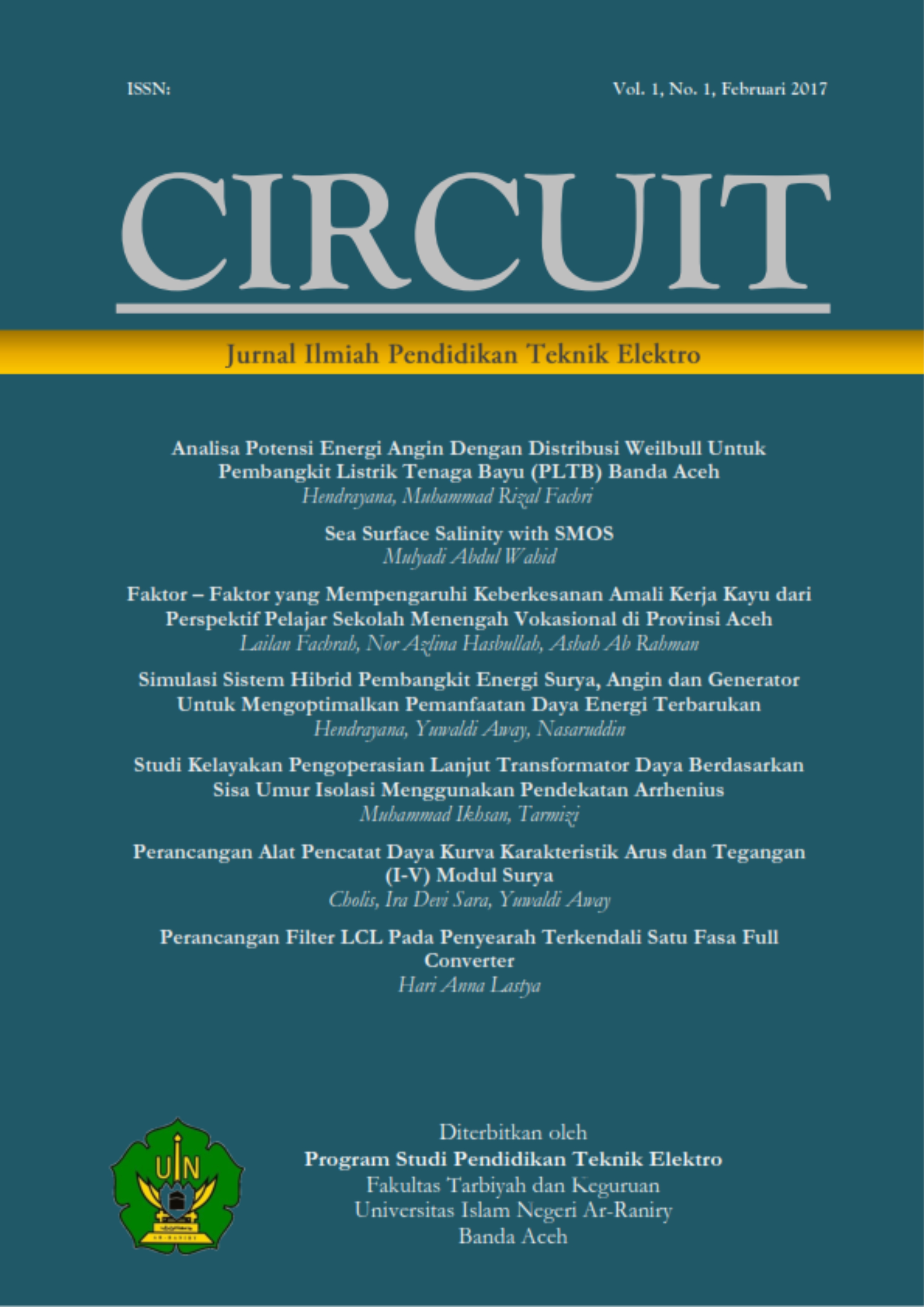Analisa Performansi Jaringan Telekomunikasi Fiber to the Home (FTTH) Menggunakan Metode Power Link Budget Pada Kluster Bhumi Nirwana Balikpapan Utara
DOI:
https://doi.org/10.22373/crc.v6i1.11841Keywords:
Downlink, Optisystem, Power Link Budget, Uplink, Fiber OpticAbstract
Currently, the technology needed in the era of digitalization is increasing rapidly. Especially, the need of an internet network. During this pandemic, which requires people to carry out their activities from home or known as Work From Home (WFH). In order to support the success of WFH activities, an adequate internet connection is required. Based on these problems, this study was conducted to analyze the performance of the Fiber to the Home (FTTH) telecommunications network in the Bhumi Nirwana Cluster, Batu Ampar, North Balikpapan. The analysis technique chosen designed a simulation using OptiSystem software and mathematical calculations using the Power Link Budget method. After a sessions of experiments and mathematical calculations, it can be concluded that the Bit Error Rate (BER) value obtained is categorized as "Fair" based on the BER value indicator which does not exceed 10e-9 which is the standard value. In mathematical calculations used the Power Link Budget method, on the uplink and downlink sides, the average value of the total attenuation is obtained with "good" results, which is less than 28 dB and has met the ITU-T G.984 standard, the value of the average the average maximum power sensitivity is greater than -28 dBm and the value of the average power margin is more than 0 dB which indicates the results of these two values have accepted the standard.
References
Andreas, Ery Safrianti (2017). Analisis Jaringan FTTH (Fiber to the Home) di Perumahan Maton House, Pekanbaru. Jom FTEKNIK, 4(2), 1-8.
Hantoro, Gunadi Dwi. (2015). Fiber Optic. Bandung: Informatika.
Hariyadi, M. Kom (2018). Sistem Komunikasi Fiber Optik Dan Pemanfaatannya Pada PT.Semen Padang. Rang Teknik Journal, 1(1), 43-51.
Jepri, Rian. (2014). Perancangan Jaringan Akses Fiber to the Home (FTTH) Menggunakan Teknologi Gigabit Passive Optical Network (GPON). Pontianak:Universitas Tanjungpura.
Keiser, Gerd. (1991). Optical Fiber Communication. United State of America : Mc Grow Hill.
Okses Efriyanda, Delsina Faiza, Ahmaddul Hadi. (2014). Analisis Kinerja Sistem Komunikasi Serat Optik dengan Menggunakan Metode Power Link Budget dan Rise Time Budget pada PT. Telkom (Studi Kasus Link Batusangkar – Lintau). Jurnal VOTEKNIKA, 2(2), 80-86.
Rahmania. (2019). Analisis Power Link Budget Jaringan Komunikasi Serat Optik di PT. Telkom Akses Makassar. Jurnal Vertex Elektro, 1(2), 52-64.
Sadewa, Tofan Aldi. (2017). Analisa Perhitungan Total Redaman Pada Jaringan FTTH (Fiber to The Home) Di Area Perumahan Gardenia. Semarang:Universitas Semarang.
Sinaga, Delima Saptun Susilawati, Fitri Imansyah,Trias Pontia. (2020). Implementasi Optisystem Pada Perancangan Akses Fiber to the Home (FTTH) Dengan Teknologi Gigabit Passive Optical Network (GPON). Pontianak : Universitas Tanjungpura.
Telkom Indonesia, P.T. (2013). Pedoman Pemasangan Instalasi Jaringan FTTH. Bandung: PT Telekomunikasi Indonesia, Tbk.
Downloads
Published
Issue
Section
License
Authors who publish in CIRCUIT: Jurnal Ilmiah Pendidikan Teknik Elektro agree to the following terms:
- Authors retain copyright and grant the journal right of first publication with the work licensed under a Creative Commons Attribution-ShareAlike 4.0 International License (CC BY-SA 4.0) that allows others to share and adapt the work with an acknowledgement of the authorship and initial publication in this journal
- Authors are able to enter into separate, additional contractual arrangements for the non-exclusive distribution of the journal's published version of the work (e.g., post it to an institutional repository or publish it in a book), with an acknowledgment of its initial publication in this journal.
- Authors are permitted and encouraged to post their work online (e.g., in institutional repositories or on their website) prior to and during the submission process, as it can lead to productive exchanges, as well as earlier and greater citation of published work. (See The Effect of Open Acces)

